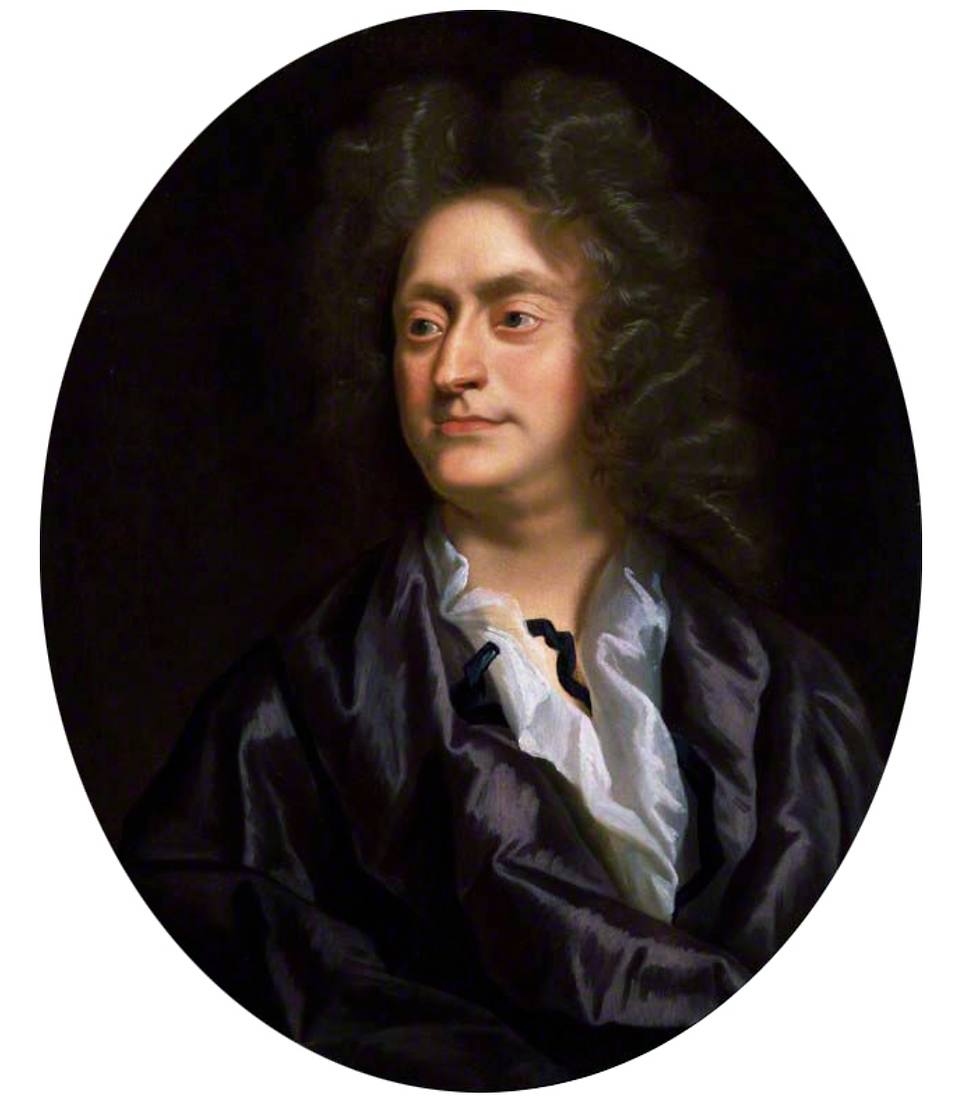Art of Fantasia and Fugue: Instruments of Time and Truth
- Catherine Flutsch

- Jul 8, 2022
- 4 min read
★★★★
Review: Instruments of Time and Truth Summer Concert Series, at Christ Church Cathedral, from 28 June - 2 August 2022. Tickets £15, Concessions available, Free to under 26s. Book tickets here.
[Disclosure: IT&T provided me with a ticket to this concert for the purposes of this review.]

Art of Fantasia and Fugue was the second concert in Oxford’s Baroque ensemble, Instruments of Time and Truth’s Summer Concert Series. It feels like such a treat to go to these short, beautiful concerts on a Tuesday night, when - in my household at least – nothing else exciting is happening.

Pablo Beznosiuk on violin, Rachel Byrt on viola and Katherine Sharman, on cello - at rehearsal earlier the day.
This week’s concert showcased contrapuntal or counterpoint Baroque music. This is music that features more than one melodic line, with each melodic line independent but harmonically related to the other.

It takes supreme musical and mathematical ability to compose beautiful contrapuntal music and this concert featured two virtuosos of counterpoint, Henry Purcell (1659-1695) and J.S. Bach (1685-1750). The first half of the concert included three of Purcell’s fantasias, which were written at the beginning of the composer’s career, when he was only 21.

Portrait of Purcell, 1695, by John Closterman.
The second half of the programme presented four pieces from Bach’s magnum opus – The Art of Fugue BWV 1080 – written, some would argue as an intellectual exercise only, and is a culmination of all the composer’s learning and experience. The programme also features trio sonatas by both composers.

The melodic subject of all of the pieces in Bach's The Art of Fugue. All pieces are in D minor and have four contrapuntal melodic lines of unspecified instrumentation, on separate staves. Each piece deals in increasing complexity with the musical subject in the picture above.
One thing I love about these concerts is their relaxed nature, which contrasts brilliantly with the extraordinary formal surrounds of Christ Church Cathedral. Once again, the musicians spoke informally about the pieces; giving their own listening notes, anecdotes and erudite exposition. These informal talks really help the audience to connect with the music, though given the acoustic echoes, I did wonder whether people toward the back could hear.

Violinist, Pavlo Beznosiuk, told us, with a glint in his eye, that while the music is intellectually rigorous, we shouldn’t listen to it as an intellectual exercise – rather – we should just let the music wash over us in order to achieve Bachian or Purcellian enlightenment!

William Whitehead plays the organ at Christ Church Cathedral - built by Rieger of Australia in 1978-9 - who kept the original case dating from 1680.
The acoustics in Christ Church Cathedral are beautiful, but very echoey. I was sitting close by, but off to the side, of the musicians and I found that the acoustics muddied the listening experience. So for me, it was hard to hear the counterpoint of the music cleanly.

Portrait of J.S. Bach painted by Elias Gottlob Haussmann in 1748 while Bach was working on The Art of Fugue.
I also feel as though I heard the musicians playing a split second out of time with each other – which again, I assume must have been the acoustics. In counterpoint, split seconds really matter. Although I know I was supposed to let the music wash over me, with mathematical music, part of the pleasure for me is to hear the genius of the counterpoint clearly and cleanly.

Sometimes, enthusiasm for the genre can overtake the programming of a concert. This may have happened in this concert because it did feel as though the musicians had to hustle to get through the programme. In my opinion the audience needed a little more space to really absorb the beauty of the music. While I absolutely appreciate the thoroughness of the programme, sometimes I do think less is more – especially when there’s only an hour.

The musicians taking their final bow. I took this photo from my seat
Despite these minor issues, I thoroughly enjoyed the concert as the special occasion that it was. Next Tuesday’s concert is going to be gorgeous, featuring Mozart’s Flue Quartet K.285 and String Quintet K.515 - you can book tickets here.
Housekeeping
The Cavatina Chamber Music Trust is providing free tickets for all concerts in this series to under 26s. This meant that the audience for this concert was beautifully diverse – what a joy it was to see people of all ages enjoying this beautiful music. The only way ensembles like Instruments of Time and Truth will have a future is if young people develop a taste for the serene luxury that is listening to live period ensembles – so thank you Cavatina Chamber Music Trust for helping to sure up the future of this genre.
If you enjoyed reading about the beautiful music in this concert, you might enjoy reading about the other concerts in this series, in last year's Summer Concert Series and my other posts about music.
Feature image is a digital scan of the last page, unfinished, of the manuscript of the "Fuga a 3 Soggetti", from The Art of Fugue, BWV 1080 by J.S. Bach, from Berlin State Library, in the public domain.
Unless otherwise stated, all photos provided to me by Instruments of Time and Truth.




Comments